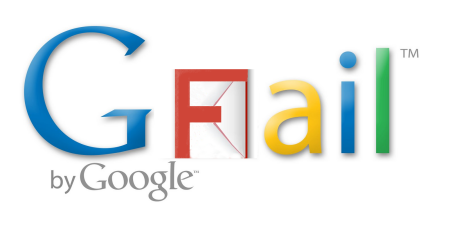When Yahoo ran BT Internet’s customer email for them, it wasn’t great. We all know they had problems coping with spammers hammering away trying to deliver scams and marketing messages to BT’s punters, putting the whole system in to paranoid anti-spam mode on occasions. But it could have been worse, and now it is.
Since Critical Path (now owned by Openwave Messaging) took over running the shambles in May 2013, they appear to have hit on the bright idea of not accepting more than 49 emails a day from any one server. What? Yes, you read that correctly. If the server tries to send message fifty it gets a delayed email response:
Deferred: 421 Too many messages (1.5.6.1) from xxx.xxx.xxx.xxx
Sendmail (or other normal MTA) will simply continue trying to send it for a week, but if you have more than fifty messages a day on average to BT punters the queue is never going to empty. And fifty messages isn’t a lot. Suppose you’re a company and someone wants their work emailed forward to BT Internet? That could easily be fifty for one luser. And if you’re an web host, one of your customers is probably going to want all the email for a domain to go to a @btinternet.com address, and they’ll likely set it up without you even knowing about it.
This has being going on for over a year now, with a possible reduction in the limit last autumn. There was a theory going around that it would reject domains if the SPF record was inconclusive. Although SPF sounded like a good idea for the first five minutes, it’s rubbish when used as a naive check on mail that’s been forwarded.
I’ve been able to get some unsatisfactory information out of BT on this issue. Basically their policy is to “throttle” mail from an IP address if they think more than a certain proportion of it is spam, based on SPF records and suchlike. In the case of a user having all their mail forwarded to a BT Internet box, a high proportion of it is going to be spam; it’s inevitable. And a check of the SPF record is obviously going to fail (doah!)
BT luser forums are full of complaints about this, although the cause is misunderstood. Users get bounce messages, but it’s the server log that tells the whole picture, and as it’s often delayed they believe that a hokey “fix” has actually worked and others follow.
So what can be done about it? The obvious answer is to stop using BT Internet mail. They’ve shown a complete unwillingness to address this issue, and will doubtless make some excuse that most users are unaffected – that’s to say the other large ISPs and freemail services; direct business-to-BT Internet Luser is a small fraction. If that doesn’t work for you, the minimum you should do is ban anyone forwarding mail to @btinternet.com through your servers. Then make sure that domains you host have the correct SPF records. If you don’t, and one exceeds the limit, the IP address will be blocked and prevent your other customers from using it too.
No one who knows anything about spam control will rely on SPF, of course. But if there is someone who knows what they’re doing at Openwave, their voices are clearly being ignored.
If you’re a BT customer and you use email, based on the fact this problem has gone unresolved for a year now, the only advice I can give is to move away. Which is inrtersting, because this April BT announced plans to charge their ex-punters 60 to keep their (broken) @btinternet.com domain names – the same price as BT Internet’s broadband offering anyway. Done, you will be.


